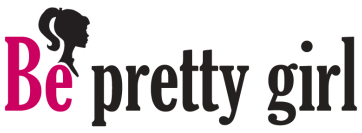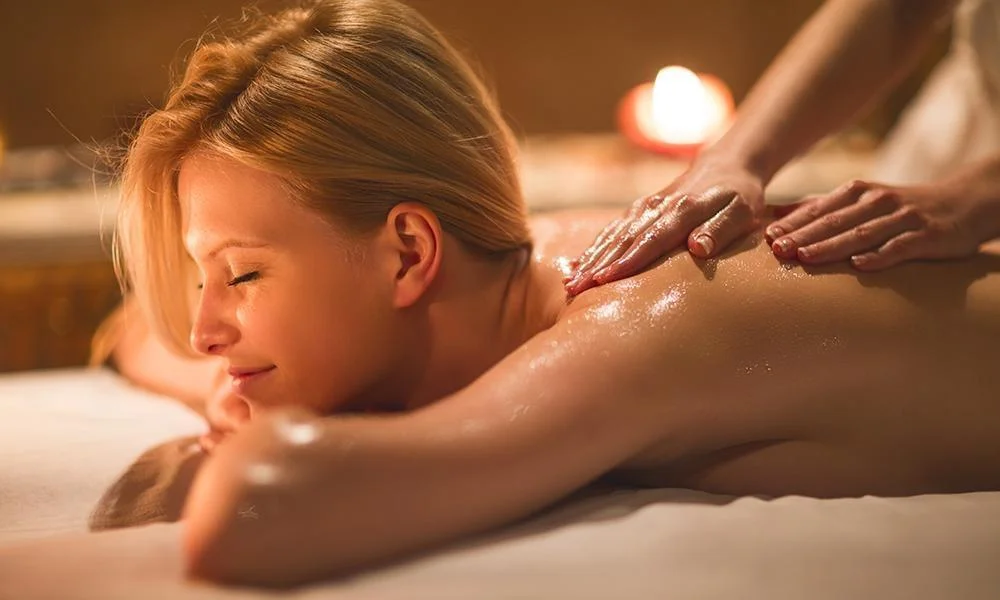The Orgasm Gap – What is It and What Can You Do About It?
Are you aware of the orgasm gap? It’s a disparity in sexual pleasure that has been lingering in our society for far too long. Imagine this: you’re engaged in an intimate encounter, and you and your partner are on cloud nine. However, as the passion intensifies, one of you reaches the pinnacle of pleasure while the other is left wanting. This scenario is all too common, and it’s time to address it.
What is Orgasm Gap?
Statistics reveal a sobering reality – a significant orgasm gap exists between genders.
Research has consistently shown that men are more likely to climax during sexual encounters compared to their female partners. But why is this the case? It’s not just biology; there are complex factors at play.
Gender disparities contribute to the orgasm gap. Society has often perpetuated the idea that male pleasure takes precedence, leaving women and individuals of other genders with unmet desires. These deeply ingrained beliefs shape our expectations in the bedroom.
Sociocultural influences also play a role. Media, pornography, and societal norms have created unrealistic standards of sexual performance and beauty, making it challenging for many to fully embrace their desires.
Lastly, relationship dynamics can also impact the orgasm gap. Effective communication and trust are essential for mutual pleasure, but misunderstandings and insecurities can hinder these crucial elements.
Breaking Down Myths and Misconceptions
It’s time to debunk some myths about orgasms. Contrary to popular belief, an orgasm isn’t the sole measure of sexual satisfaction. Pleasure takes many forms and can be achieved without reaching climax. It’s essential to challenge stereotypes that narrowly define pleasure and recognize that everyone’s sexual journey is unique.
Open communication is key. Honest conversations about desires and preferences create an environment where both partners can feel heard and understood. Let’s abandon the notion that our partners should magically know what we want and start talking openly about our desires.
Strategies for Closing the Orgasm Gap
Closing the orgasm gap begins with self-exploration and self-acceptance. Masturbation is a powerful tool for understanding your body and its desires. Embrace body positivity and self-confidence to boost your sexual self-esteem. You can use adult toys to aid your solo encounters and reach higher levels of sensitivity with enough practice over time.
Effective communication within sexual relationships is vital. Be open about your desires and actively listen to your partner’s needs. Empathy and understanding go a long way in bridging the gap.
Don’t be afraid to explore different sexual techniques and activities. Trying new things in the bedroom can reignite passion and bring about newfound pleasure. Experimentation can be a thrilling journey for both partners.
If you find yourselves struggling, seeking professional help and advice is a wise choice. Sex therapy and counselling can provide guidance, while medical interventions can offer solutions to physical challenges.
Empowering All Genders
Let’s be clear, the orgasm gap doesn’t discriminate based on gender. It affects people of all genders and orientations. It’s crucial to use inclusive language and foster understanding. By acknowledging that this issue is not limited to one gender, we can work towards promoting equality and pleasure for everyone.
The orgasm gap is a problem we can no longer ignore. It’s time to challenge outdated beliefs, embrace open communication, and explore the multitude of ways to find sexual pleasure. The road may be challenging, but the destination is well worth the effort.




